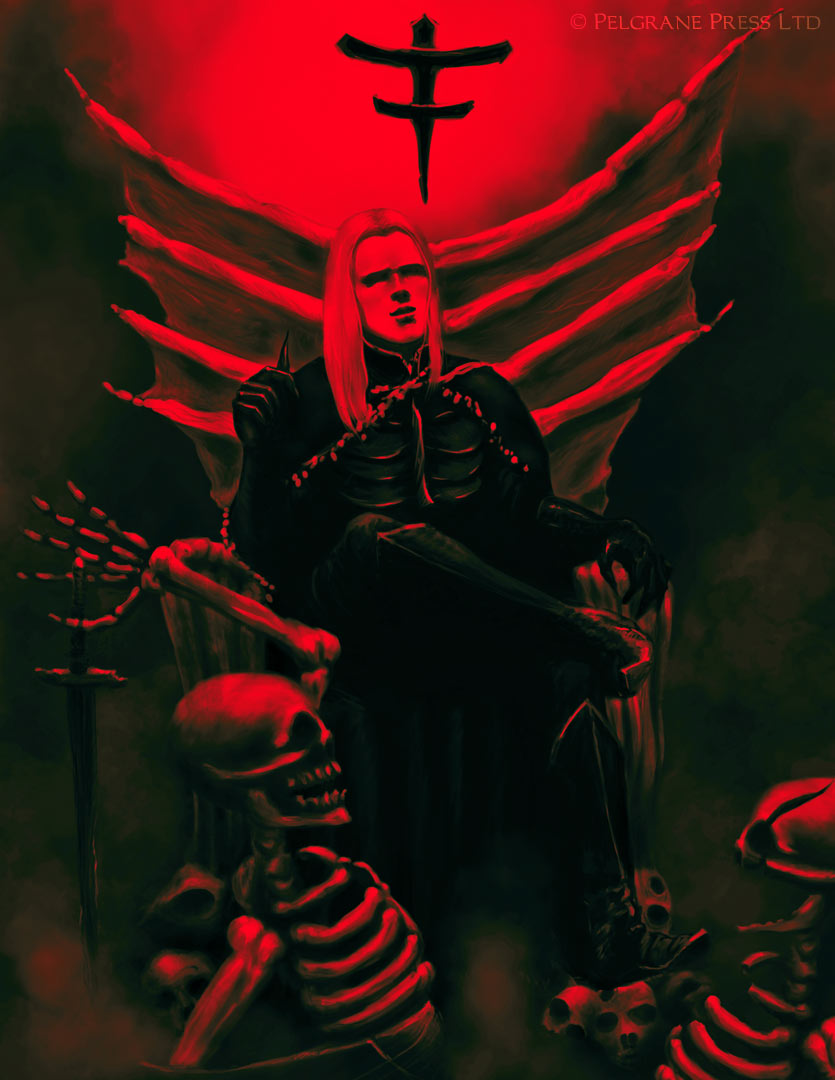


The lands of the Underworld: the Underland, the kingdoms of the Hollow Realms, and what lies within the Deeps.With the Book of the Underworld, designer Gareth Ryder-Hanrahan ( Eyes of the Stone Thief, Book of Demons, Book of Ages), reveals the Underworld’s secrets for 13th Age, including: Deep within the Underworld lie adventure and treasure-as well as madness and death. The expanse of the Dragon Empire is as nothing compared to the vast and mysterious realms that lie beneath it. The demons summoned by slaughter path demonologists include two of the new demons added in this book, the claw demon and the hungry maw.The Underworld calls! Can you resist its dark lure? I’m not sure that the slaughter path is better, per se but I know it’s popular, whether mixed with one of the other paths or followed to a full-fanatic three talents. Previously you could multiclass into a character who wirlds both swords and sorceries in 13 th Age, but this is the first class implementation that deliberately invokes at least three Elric-tropes. I admit that it’s hard to dispute the slaughter path argument. Slaughter is the best path because you get to wear heavy armor, chop enemies up with swords and melee spells, and still summon demons. Spells like flaming teleport and flame shroud and golden claw (pictured at right!) interpret fire control as a source of improved mobility, so that demonologists on the flame path are a bit more survivable than similar brittle spellcasters. The path’s spell selection is more than just fiery offense. In playtesting, that made the difference between a path that no one could see themselves playing, and a path that could handle descending into a hellhole. Unlike the hypothetical sorcerer, however, the flame path demonologist gets better at overcoming resist fire abilities the more talents they invest in the path. The demons summoned by corruption path demonologists are spoilers, oozing creatures that somehow daze or weaken enemies, creating conditions your corruption path talents may be able to manipulate.įlame is the best path because everyone burns when you say so.Ī demonologist heavily invested in the flame path might play something like a summoning-capable sorcerer who specializes in fire spells. For example, if you take Inimical as your one corruption talent and choose two talents from the flame path, all the ongoing fire damage your flame path spells deal will be harder to save against. These bonuses apply to any spells you cast, not just corruption spells. Examples include Contagion, a talent that transfers a condition to a different enemy when an enemy suffering from one of your spells drops and Inimical, a talent which raises the saves required against all your spells. Talents from the path of corruption tend to power-up the effects and conditions your spells (and sometimes your allies’ spells) place on enemies. If you’re curious about the mechanical feel of the characters you can create using the different paths, here are the arguments for why each path might be the most interesting.Ĭorruption is the best path because you already know your enemies are weak, and your spells and talents will ensure it. Use all three talents in the same path and you’re a fanatic-which may be a worthwhile choice for raw power, but will cut down on your versatility.

You’ll have access to the path’s spells and its summoned demon, but not as much access as a demonologist who has become a devotee of a path with two of its talents. With a single talent in a path, you’re said to be an initiate. However, two demonologists with talent choices in different paths can play extremely differently.Īs with the druid, you can mix demonologist talents from the different paths to create the character you want to play. The three demonologist paths-corruption, flame, and slaughter-have features in common, including resist abilities to specific types of damage and demon summoning. Sometimes a class is a bit more than a single class! The new demonologist class in Book of Demons is a bit like the druid in 13 True Ways in that it uses talent choices to define its class features and spell lists.


 0 kommentar(er)
0 kommentar(er)
